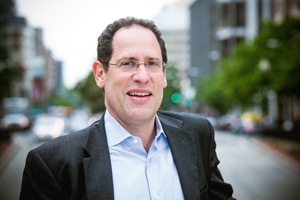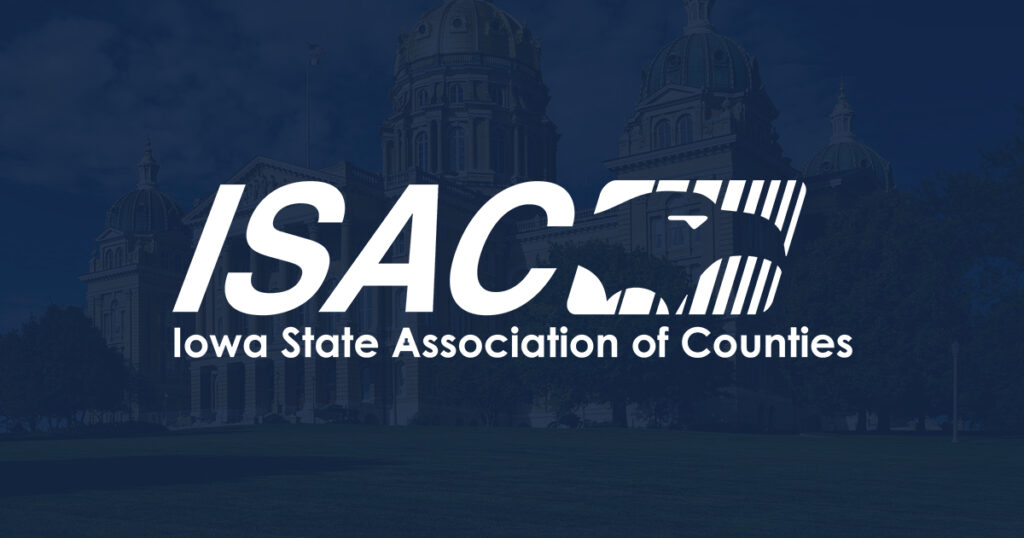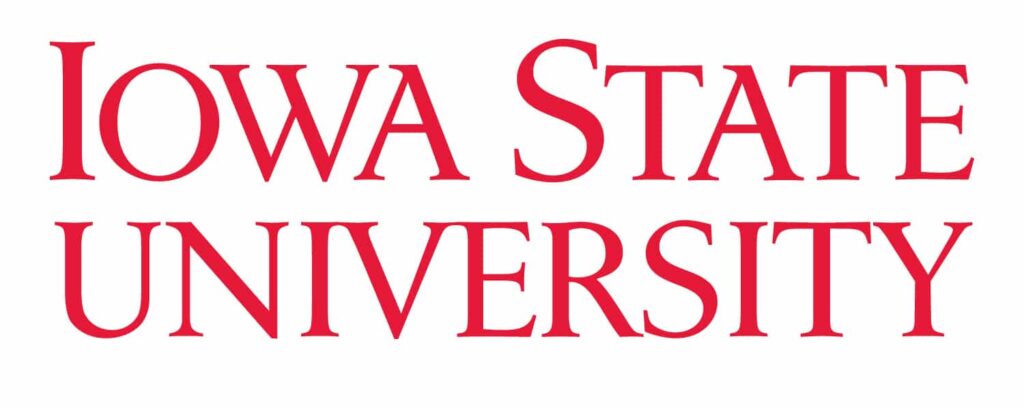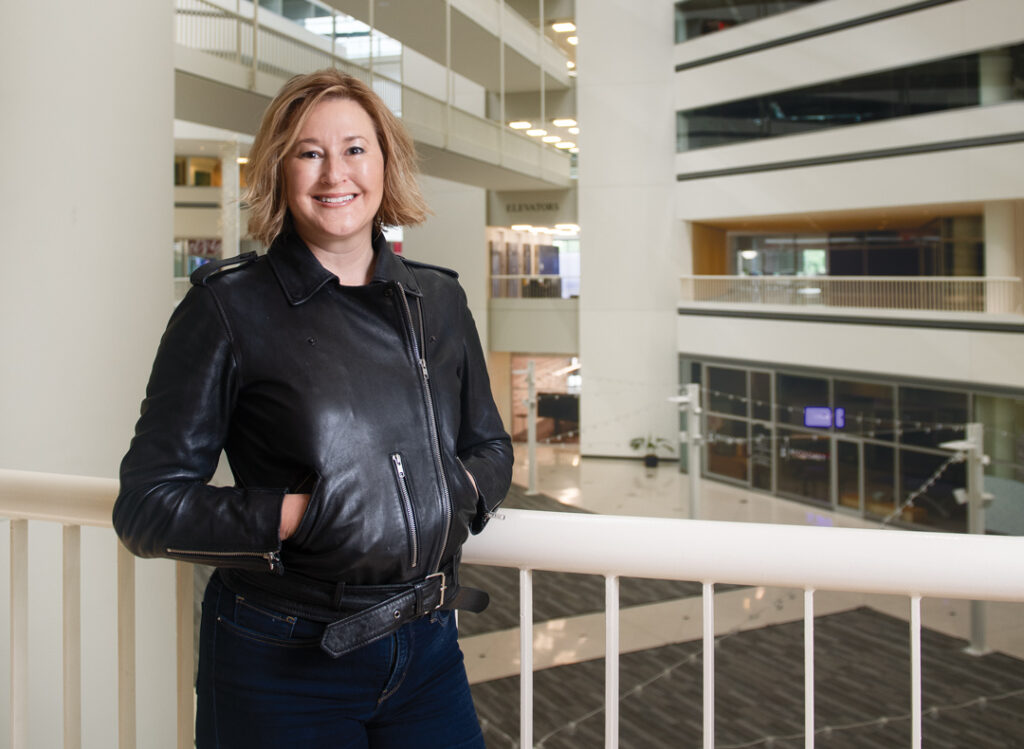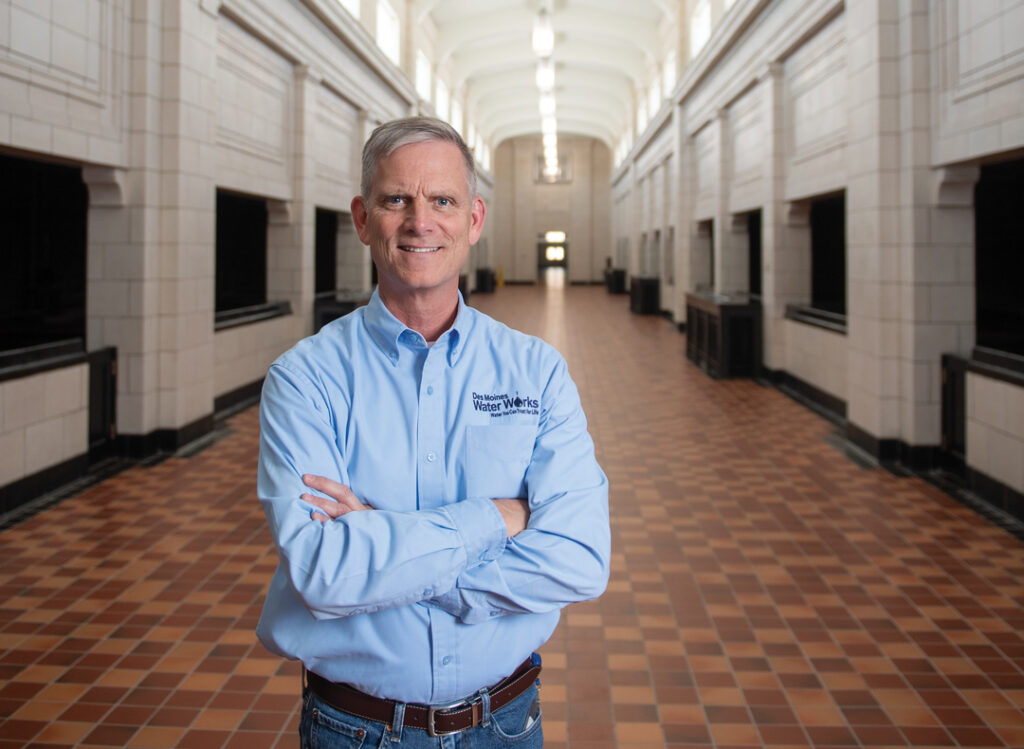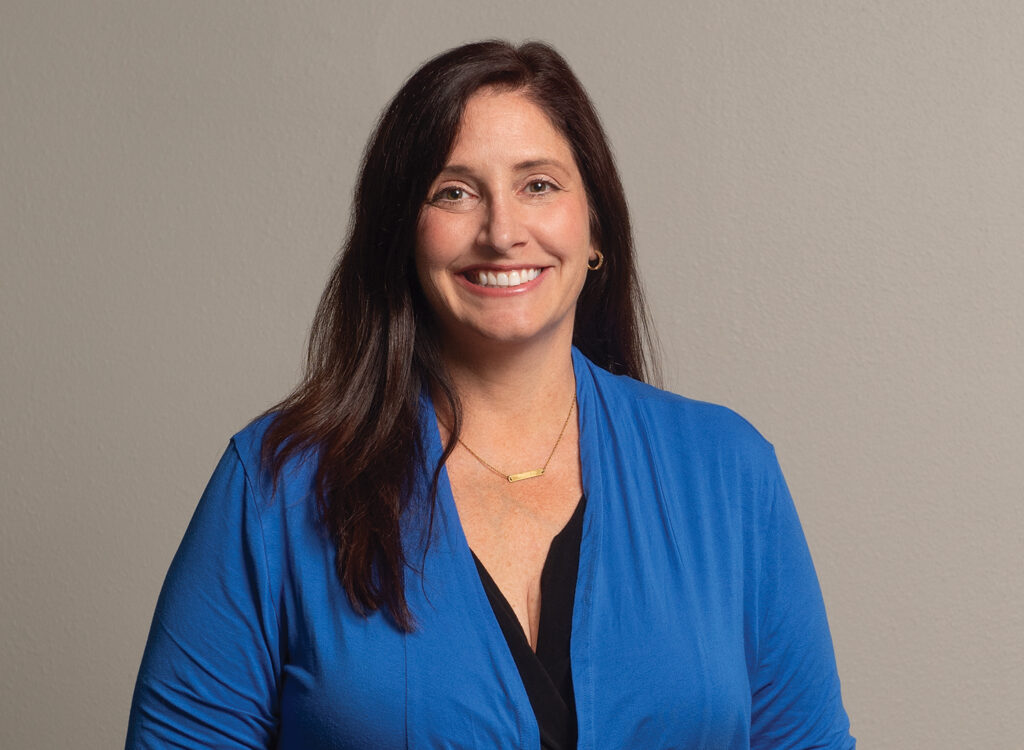Downtown wish list: research
DEVELOPMENT EXPERT SAYS MOVING ISU LABS DOWNTOWN WOULD BOOST GROWTH

PERRY BEEMAN May 15, 2015 | 11:00 am
3 min read time
703 wordsBusiness Record Insider, Economic Development“The Metropolitan Revolution” co-author Bruce Katz visited Greater Des Moines for the first time last week, and the big thinker from the Brookings Institution liked what he saw. But if it were up to him, he’d add one thing to what he considers an already world-class downtown: Iowa State University’s research labs.
Katz, co-director of Brookings’ Metropolitan Policy Program, said other cities have managed to create innovation centers by mixing major academic research, or a global research and development complex, or a medical research facility, with the other downtown offerings. That brings the same kinds of synergies that have made the ISU Research Park near the university a success. His first thought was ISU. If not the whole university, then at least some of its research operations.
The University of California, San Francisco moved its biotechnology campus to Mission Bay in 2003, Katz noted. The University of Washington shifted its medical research to Seattle’s South Lake Union in 2005. Brown University set up a downtown Providence, R.I., medical school in 2011. Duke University’s Clinical Research Institute moved to downtown Durham, N.C., in 2013.
“Over the past decade, businesses and research institutions that produce new discoveries and bring new products to market have, increasingly, moved into urban areas,” Katz wrote in “How Universities Can Renew America’s Cities.”
“This new geography of innovation, as I and my colleagues at the Brookings Institution call it, is coinciding with and benefitting from young workers shifting their residential preferences and revaluing city life. Over the past decade, a number of universities — Brown, Cornell, the University of California, the University of Washington, Duke University, Arizona State University, just to name a few — have gotten ahead of the curve, un-anchoring from their traditional campuses and expanding into the cores of cities,” Katz wrote. “Smart university presidents should follow suit.”
That doesn’t necessarily mean yanking ISU from its west Ames campus, Katz wrote.
“This is not to say that whole undergraduate institutions should uproot and plant their flags to the closest city,” Katz added. “Rather, these leaders need to rethink where they locate their specialized graduate schools and high-value research asset — moving them from relatively remote locations into places where they can both leverage an existing ecosystem and revitalize growth.”
In an interview, Katz said Des Moines has a solid, growing downtown and laudable planning efforts that include the Capital Crossroads visioning process, the Tomorrow Plan and Housing Tomorrow. He was impressed by the fact that 37.5 percent of the jobs in the metro area are downtown or within three miles of it, far above average for metro areas. That sets the stage for the types of synergies, services, innovation and improvements that keep bringing people in, and encouraging people to stay.
But he wants us to think about how to add research to the mix of downtown financial companies, government offices and law firms.
“What would be the advanced research platform that would leverage the employment density even more?” Katz asked.
Area leaders, among them attorney and economic development agent Steven Zumbach, noted that ISU is less than 40 miles up the interstate. But Katz said that isn’t enough, in his view.
Iowa State officials note that the university already is closely aligned with Greater Des Moines development efforts. ISU President Steven Leath is heavily involved in the Cultivation Corridor branding and development initiative and is on the board of the Greater Des Moines Partnership.
Michael Crum, ISU’s vice president for economic development and business engagement, said Katz’s ideas make sense in a larger market, but ISU has a close relationship with innovating companies.
“We have never heard that a 30-minute drive to Ames is a real barrier to innovation,” he added.
Crum spends about 25 percent of his time in Des Moines. Greater Des Moines firms often hire ISU to perform research, or even move their operations to the ISU Research Park in Ames, he said.
“We are so engaged in Des Moines,” Crum said. “The companies view ISU as a key partner in innovation, and the distance isn’t hindering our ability to help with the innovation culture.”
In other words, don’t expect ISU to move its research to downtown Des Moines in the near future.

